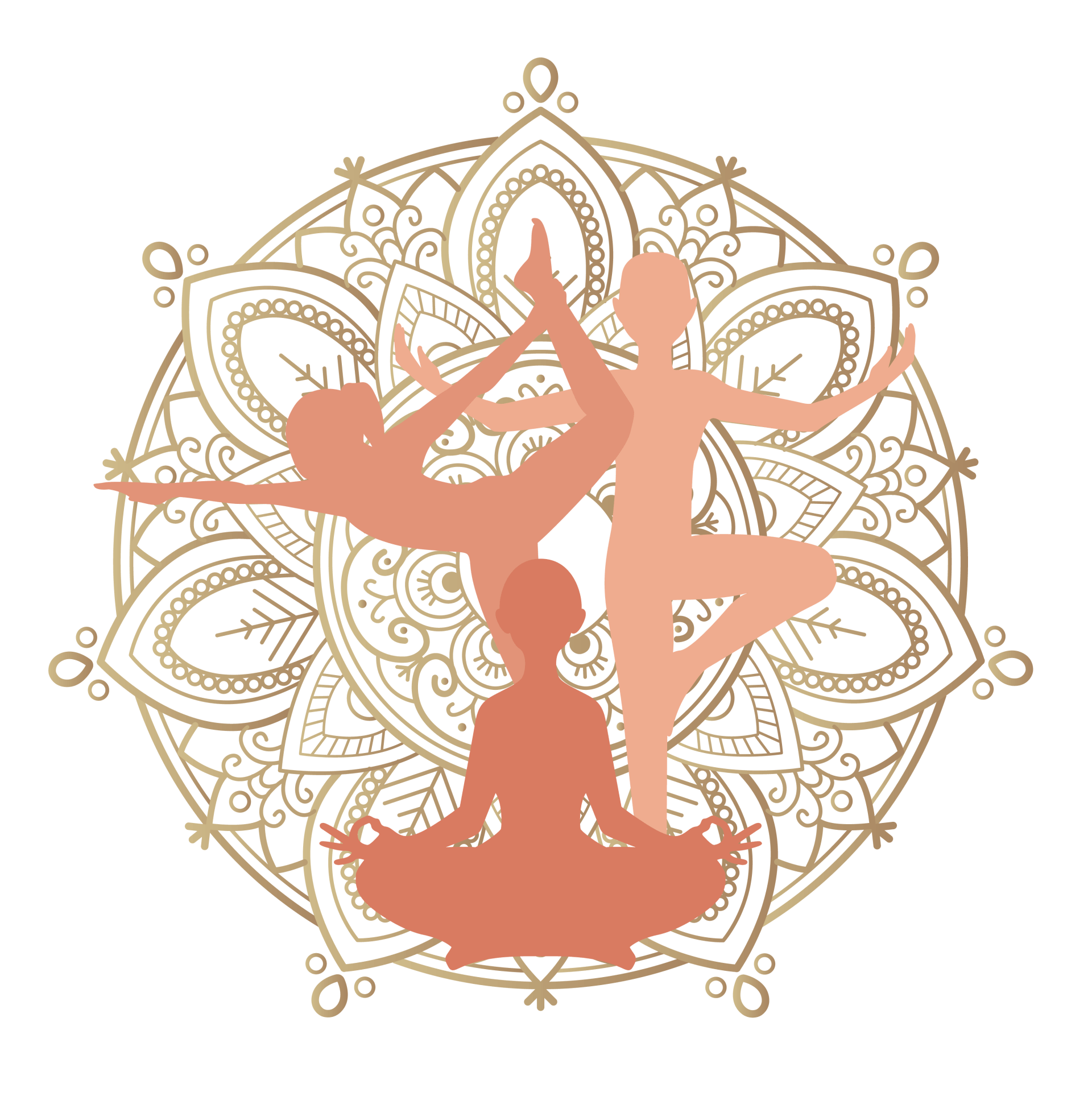Yoga and Personal Development: An Inner Journey 🌿🧘♂️🌟
Elodie Abadie • 19 août 2024
Yoga and Personal Development: An Inner Journey 🌿🧘♂️🌟
Yoga: An Inner Journey 🌟🧘♀️🌿
In the whirlwind of daily life, yoga offers an invitation to a deep and meaningful inner journey. 🌟
It's not just a series of physical postures; it's an exploration of our inner world, a journey towards self-discovery. 🌿
Body-Mind Connection 💪🧘🏻♀️
Practicing yoga takes us on a journey through the landscapes of our own being. We discover hidden treasures of strength, flexibility, and inner calm that we didn't even know we possessed.
Asanas: Discovering Inner Strength
Each asana (posture) offers an opportunity to connect with our body. We learn to respect our limits, appreciate our body's capabilities, and cultivate gratitude for all it can achieve. This bodily connection not only strengthens our physique but also boosts our self-confidence.
👉🏼 Building Self-Confidence:
Every successful posture is tangible proof of our potential. For example, mastering a balance pose like the tree pose (Vrksasana) can enhance self-confidence, demonstrating our ability to maintain stability even in precarious situations. 🌳💪
⭐️ Key Asanas and Their Benefits:
1. Tree Pose (Vrksasana):
Improves balance and concentration, strengthens legs and spine.
2. Warrior Pose (Virabhadrasana):
Develops leg strength, stretches arms and opens chest, symbolizes inner strength and determination.
3. Cow Face Pose (Gomukhasana):
Stretches hips, shoulders, and chest, improves posture and shoulder flexibility.
4. Eagle Pose (Garudasana):
Strengthens and stretches ankles and calves, improves balance and concentration.
5. Downward Facing Dog (Adho Mukha Svanasana):
Stretches the spine, strengthens arms and legs, calms the mind and relieves stress.
Meditation: Diving into the Mind 🧠✨
Each meditation session allows us to dive into the depths of our mind, calm the tumult of thoughts, and find inner peace. Meditation is a key practice for developing self-awareness and mental clarity. It helps us observe our thoughts without judgment and understand our emotions on a deeper level.
👉🏼 Managing Stress and Anxiety:
Meditation helps reduce cortisol levels, the stress hormone, and promotes a state of deep relaxation. For example, the Ujjayi breathing technique can soothe the nervous system and reduce anxiety. 🌬️😌
⭐️ Meditation Techniques and Their Benefits:
1. Breath Awareness Meditation (Anapanasati):
Focuses attention on the breath, reduces stress, and improves concentration.
2. Mindfulness Meditation (Vipassana):
Develops present-moment awareness, helps manage emotions, and reduces anxiety.
3. Mantra Meditation:
Repetition of sacred words or phrases, calms the mind and promotes inner peace.
4. Loving-Kindness Meditation (Metta Bhavana):
Cultivates feelings of goodwill and compassion towards oneself and others.
5. Transcendental Meditation:
Uses specific mantras to transcend ordinary waking states, reduces stress, and enhances mental clarity.
Beyond the Physical and Mental 🌌💫
But the yoga journey doesn't stop there. It takes us beyond the limits of the physical and mental to the deepest recesses of our soul. Here, we find the true essence of who we are, beyond the roles we play in daily life and the masks we wear for the outside world.
Exploring Our Inner Self
Exploring one's inner self is one of the most enriching aspects of practicing yoga. It is a process of self-reflection and discovery where we examine our thoughts, emotions, and deep-seated beliefs. Using practices such as introspective meditation, journaling, and silent contemplation, we can reveal hidden aspects of our personality and psyche. This exploration allows us to understand our motivations, fears, and desires, thus creating a solid foundation for authentic and lasting personal growth. By knowing ourselves better, we become more capable of aligning our actions with our core values, leading to a more fulfilling and meaningful life.
Acceptance and Authenticity
Yoga invites us to be authentically ourselves, to fully accept ourselves with all our imperfections, and to embrace our inner light. This acceptance is an essential aspect of personal development. By accepting ourselves as we are, we can begin to heal and transform our lives in meaningful ways.
👉🏼 Cultivating Compassion and Empathy:
The practice of yoga helps us develop a deeper understanding of ourselves and others. For example, the warrior pose (Virabhadrasana) can symbolize inner strength and the ability to protect and nurture our compassion. 🦸♂️💖
⭐️ Yoga Practices for Acceptance and Authenticity:
1. Yoga Nidra (Yogic Sleep):
A deep relaxation technique that helps release physical, mental, and emotional tensions, fostering a calm and receptive state of consciousness.
2. Journaling and Yoga:
Combining yoga practice with journaling to explore and accept one's thoughts and emotions.
3. Chanting Mantras:
Using sacred chants to connect to one's spiritual essence and promote self-acceptance.
4. Restorative Yoga:
Gentle and restorative practices that encourage self-acceptance and compassion.
5. Yoga Sharing Circles:
Participating in sharing circles after yoga sessions to express and accept one's experiences and emotions.
Healing and Transformation 🤸🏻♂️💪
Yoga is a journey of healing, transformation, and spiritual awakening. It is a continuous process of self-discovery and growth. Through regular practice, we learn to let go of negative thought patterns, overcome emotional blockages, and unleash our inner potential.
👉🏼 Overcoming Fears and Limits:
Facing demanding postures like the headstand (Sirsasana) teaches us to overcome our fears and push our limits. This empowers us to face challenges in daily life with courage.
⭐️ Postures and Practices for Healing and Transformation:
1. Shoulder Stand (Sarvangasana):
Balances the endocrine system and calms the mind, promoting physical and emotional healing.
2. Child's Pose (Balasana):
Offers deep relaxation and helps release accumulated tensions.
3. Pranayama (Breathing Techniques):
Using techniques like alternate nostril breathing (Nadi Shodhana) to balance energies and promote healing.
4. Wheel Pose (Urdhva Dhanurasana):
Opens the heart and strengthens the body, helping to overcome fears and embrace change.
5. Yoga and Movement Therapy:
Integrating therapeutic movements to release blocked emotions and promote personal transformation.
Returning to the Source 🏠
Yoga is a journey back home, to the very source of our being. By reconnecting with our true essence, we find an infinite source of peace, joy, and fulfillment. This connection helps us navigate life's challenges with more grace and resilience.
Cultivating Gratitude 🙏
The practice of yoga helps us cultivate gratitude for our body, mind, and life. Each yoga session is an opportunity to thank our body for its abilities and our mind for its resilience. Gratitude helps us stay grounded in the present moment and appreciate the small joys of life.
Setting Intentions and Goals 📝
Yoga encourages us to set clear intentions and goals for our practice and life. Whether it is to improve a specific posture, manage stress, or achieve life balance, setting intentions helps us stay focused and motivated.
Finding Balance between Strength and Flexibility 💪🧘🏻♀️
Yoga teaches us the importance of finding a balance between strength and flexibility. Yoga postures strengthen our body while improving our flexibility, helping us become more balanced physically and mentally. This balance translates to greater resilience in facing life's challenges.
Cultivating Intuition and Inner Wisdom 🌟
Regular yoga practice helps us cultivate our intuition and inner wisdom. By connecting with our inner self, we learn to trust our intuition and make informed decisions. This inner wisdom guides us towards a more authentic and fulfilling life.
Living in the Present Moment 🌿✨
Yoga invites us to fully live in the present moment. Each posture, each breath brings us back to the here and now, helping us appreciate each moment. This mindful presence enriches our life experience and helps us find peace and joy in everyday life.
Conclusion
Yoga is much more than a physical practice; it is a path to personal growth, self-confidence, and self-realization. By integrating these aspects into your yoga practice, you can transform not only your body but also your mind and soul, discovering a life full of meaning and fulfillment.
We hope this inner journey inspires you to explore the depths of your being, discover your true essence, and light the way to a life of joy, peace, and fullness.
Namaste. 🌿🕉️✨
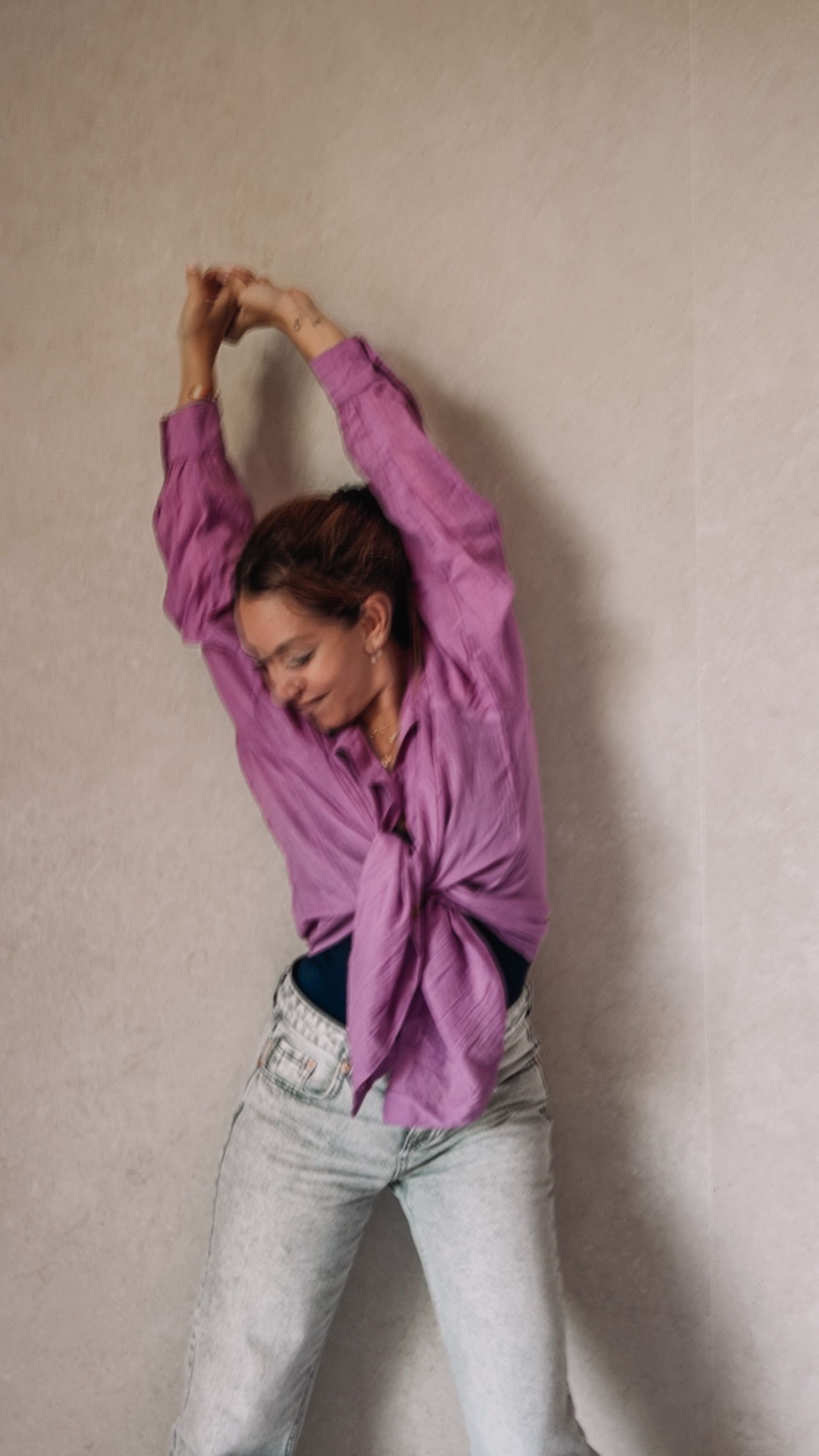
What if yoga wasn’t just about postures?
What if, beyond the mat, this ancient practice became a way of inhabiting your life — acting with awareness, breathing with presence, and connecting deeply to yourself and the world around you? Through its eight branches, yoga offers far more than a series of physical exercises.
It’s a complete philosophy of life, a daily art of living, and an inner compass to navigate with balance, authenticity, and serenity. In this article, you’ll rediscover the 8 limbs of yoga — known as Ashtanga Yoga — and learn how each one can transform your life, step by step, breath by breath.

You might think that alignment in yoga means placing your knee perfectly above your ankle, keeping your hips square, and your spine long and straight.
But what if it was so much more than that? In our culture of “doing things right,” alignment is often reduced to a technical cue — a matter of perfect lines and precision.
Yet in yoga, true alignment goes far beyond the body .
It extends into the breath, the energy, the emotions — and the way you connect to yourself. This article invites you to revisit this word we hear everywhere and rediscover its deeper meaning — on your mat and in your life.
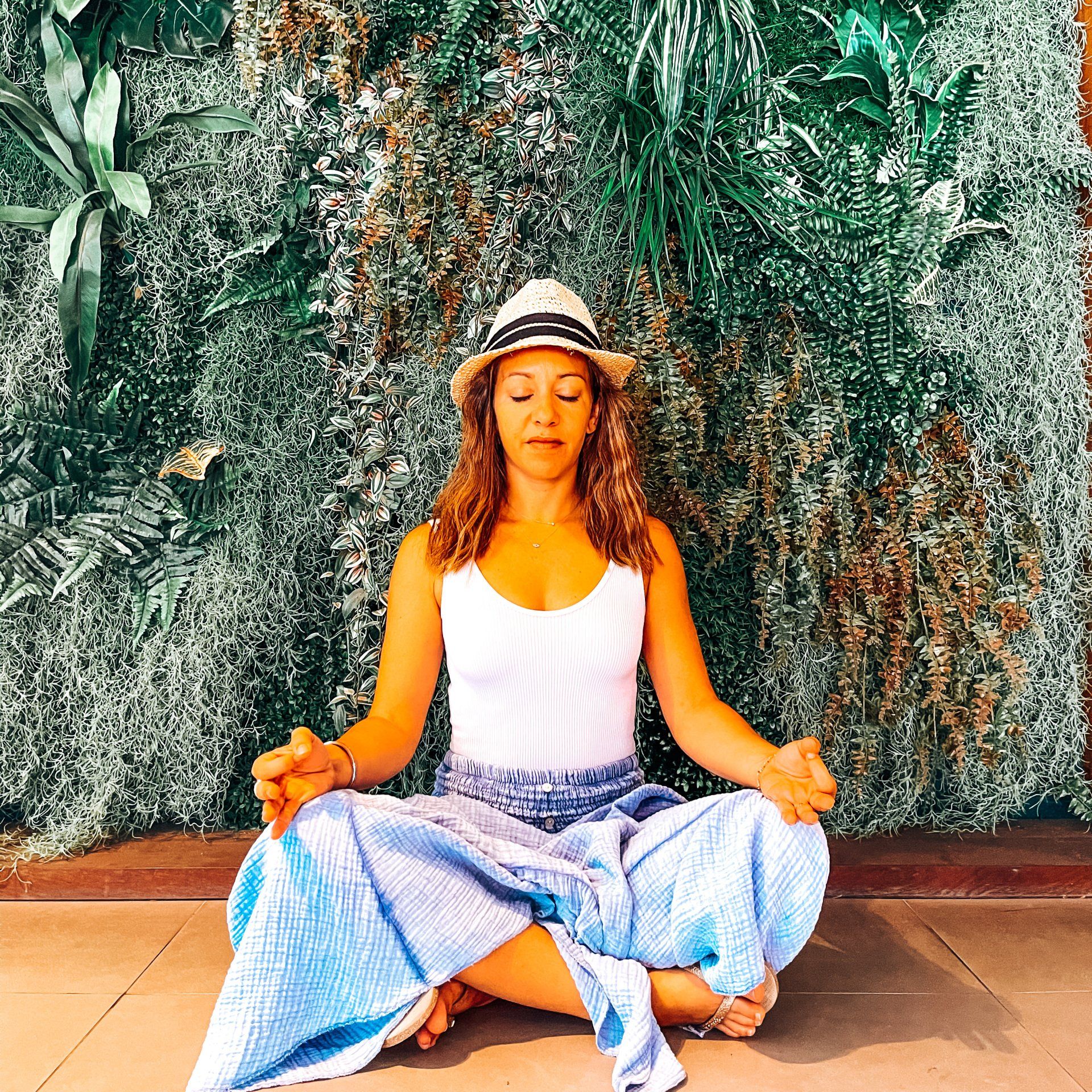
What if we practiced yoga to return to simplicity?
Not to perform.
Not to master a thousand postures.
Not to impress.
But to come back to what truly matters: one breath, one presence, one body we truly listen to. Today, yoga is often seen as a performance discipline — associated with the image of the perfect body or the most advanced pose.
Yet, in its essence, yoga is a practice of awareness and unity .
It’s not about doing more, but about being more present. This article invites you to drop the masks, let go of the “shoulds,” and rediscover yoga as a path back to yourself — to slowness, to simplicity, and to truth.
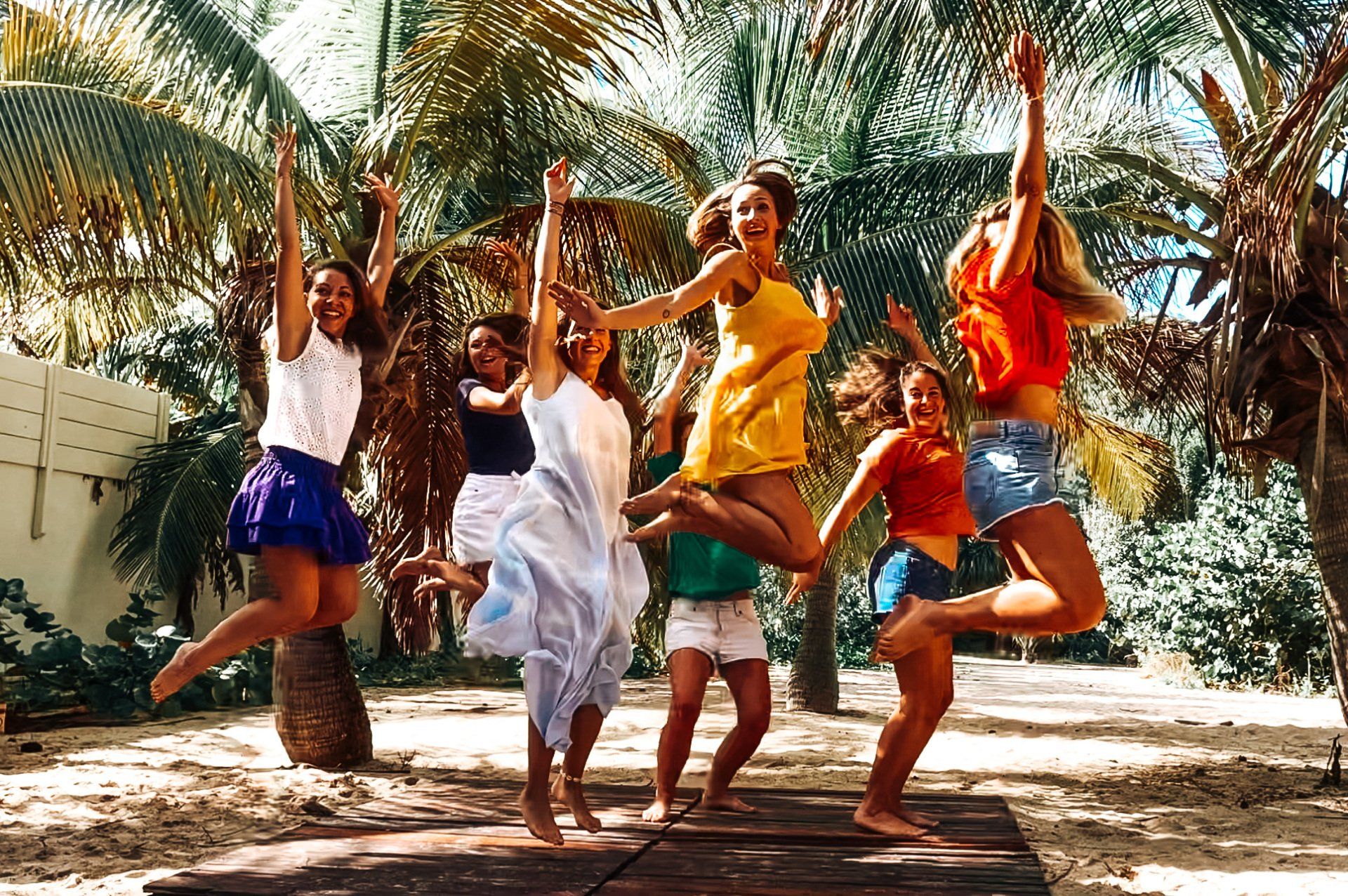
What if your body had messages that your mind can’t put into words?
What if free movement was a doorway to everything you feel deeply but don’t dare to express? The body remembers.
The body speaks.
And sometimes, all it takes is letting it move differently so it can finally set itself free. In this article, let’s explore the emotional intelligence of the body, the blocks that manifest through physical tension, and the power of spontaneous movement to bring back breath, clarity, and inner peace.

What if your yoga mat became more than just a space for postures?
Imagine it as an inner playground, a sacred space where you can move differently, breathe deeply, and express yourself freely. Dancing your yoga is a unique practice that blends free movement, breath awareness, and spontaneous creativity.
It’s a yoga that both grounds and liberates.
A yoga that isn’t limited to “doing it right,” but one that invites you to feel, create, and vibrate. In this article, discover what it means to dance your yoga, the benefits of this practice, and how to integrate it into your daily life.
The fear of failure affects everyone, regardless of age, background, or life path. It often prevents us from taking action , seizing opportunities, or truly believing in ourselves. Combined with the fear of judgment from others, it can become paralyzing if we don’t learn how to understand and transform it. In this article, let’s explore why the fear of failure exists, what the signs are, what failure can teach us, and above all, how to overcome it to regain confidence, serenity, and motivation.
I n yoga practice, every posture (asana) and every breath carries a deeper meaning. But there is one tool that makes your practice even more powerful: setting an intention. More than a simple ritual, an intention acts like an inner compass. It guides your energy, directs your mind, and transforms your yoga session into a true experience of awareness and alignment. 👉 In this article, you’ll discover why setting an intention in yoga is essential , how to formulate it effectively, when to use it, and the benefits it can bring both to your practice and to your daily life.
Intuitive dance is attracting more and more people seeking well-being, creativity, and release. But what exactly is it? As its name suggests, it is a dance guided by intuition rather than an imposed choreography. Here, there are no rules, no codes, no aesthetics to respect. You move freely, in tune with your sensations, emotions, and breath. Intuitive dance is an invitation to reconnect with your body and your deeper self through spontaneous movements, without judgment or performance.

Talking about money is often delicate—especially when it comes to a spiritual and ancient practice like yoga. Many people associate yoga with inner peace, serenity, and the search for meaning, while seeing money as a purely material value opposed to this quest. But the reality is much more subtle: yoga and money are not incompatible. Practicing yoga often requires an investment: studio classes, workshops, retreats, teacher trainings, equipment (mats, props…). This raises an important question: why do we hesitate so much to invest in our well-being, when we spend much more easily on things that don’t necessarily bring lasting value to our lives? In this article, let’s explore the link between yoga and money , and why investing in your practice may be one of the best choices you can make.
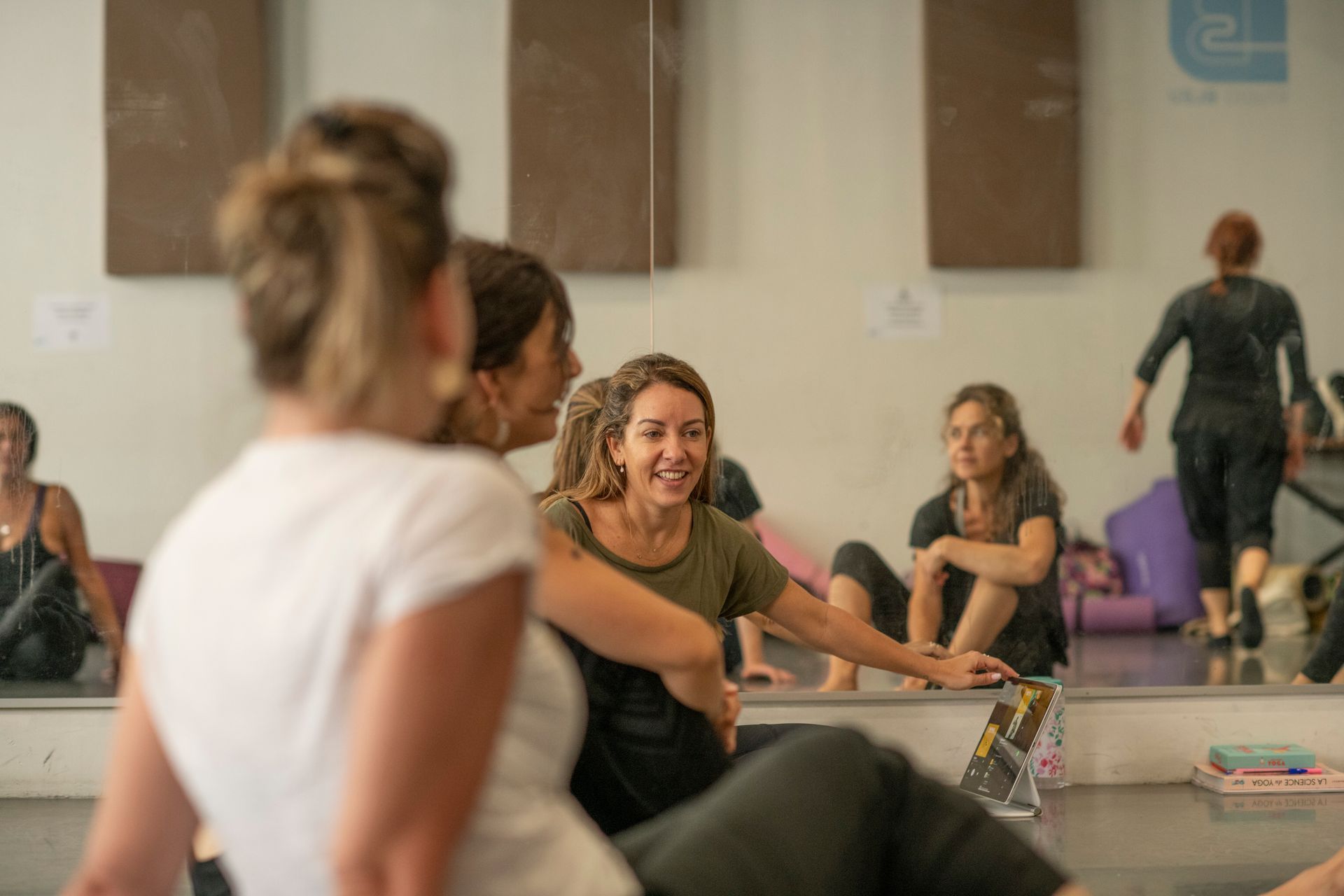
I t is often said that we learn best by teaching others what we ourselves have understood.
Teaching, and especially teaching yoga, is a true vocation rooted in sharing. More and more yoga enthusiasts are taking the step to become teachers. But how do you start teaching yoga? What steps should you take, what skills are required, and what qualities are essential to transmit this ancient discipline? In this guide, we’ll explore the key points to becoming an inspiring, competent, and aligned yoga teacher.
